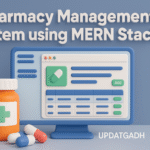
DBMS Tutorial – Learn Database Management System
DBMS Tutorial
Introduction to DBMS
Welcome to Updategadh’s DBMS Tutorial, your complete guide to understanding Database Management Systems. Whether you’re a beginner looking to get started or a professional brushing up your skills, this tutorial is crafted to suit your learning needs.
Software created to effectively store, retrieve, manage, and manipulate data is known as a database management system (DBMS). It ensures that data is consistently organised and accessible by serving as an interface between the database and its users or application programs.
This guide covers both basic and advanced DBMS concepts—from ER models and relational databases to SQL, transactions, concurrency control, and more.
Machine Learning Tutorial:-Click Here
Data Science Tutorial:-Click Here
Complete Advance AI topics:- CLICK HERE
Deep Learning Tutorial:- Click Here
What is a Database?
An organised collection of connected data is called a database. It makes it simple to retrieve, insert, remove, and modify data. Tables, schemas, views, and reports are frequently used to arrange data in databases.
Example:
Imagine a college database. It might include separate tables for students, faculty, staff, and administration, all interlinked to form a cohesive system.
What is DBMS?
A Database Management System (DBMS) is the software that facilitates the creation and management of databases. Examples include MySQL, Oracle, and PostgreSQL—all widely used in various industries.
DBMS enables tasks such as:
- Creating and modifying databases
- Storing and updating records
- Querying information
- Managing users and access control
- Ensuring data security and consistency
Core Functions of DBMS
- Data Definition
Create, alter, and delete database structures. - Data Manipulation
Insert, update, or delete data entries. - Data Retrieval
Fetch data as needed for applications or users. - User Administration
Manage user permissions, data integrity, and concurrency control.
Key Characteristics of DBMS
- Centralized data storage with controlled access
- Logical structure and data independence
- Backup and recovery mechanisms
- Respect for the ACID qualities (Durability, Isolation, Consistency, and Atomicity)
- Data abstraction from physical storage
- Multi-user accessibility with data consistency
- Using user roles to secure data access
Advantages of Using DBMS
✅ Reduced Redundancy – Centralized storage eliminates unnecessary duplication.
✅ Data Sharing – Authorized users can access and modify data collaboratively.
✅ Simplified Maintenance – Easier to manage and update.
✅ Improved Efficiency – Faster development cycles and consistent data management.
✅ Reliable Backup – Automatic recovery in case of hardware/software failure.
✅ Flexible Interfaces – Supports GUI, CLI, and APIs for developers and users.
Disadvantages of DBMS
❌ Hardware & Software Costs – Requires high-end systems and licenses.
❌ Storage Requirements – Consumes significant disk space and memory.
❌ Complexity – Setup and management can be technically challenging.
❌ Single Point of Failure – A crash can disrupt access to all stored data.
Who Should Learn DBMS?
Our tutorial is aimed at:
- Beginners who want to understand the fundamentals of databases
- Students preparing for academic exams
- Developers & IT professionals looking to work with data-driven applications
Prerequisites
Before diving in, it’s helpful to have a basic understanding of databases—like tables, records, and data types. No prior experience with SQL or DBMS is necessary, though it can be beneficial.
Complete Python Course with Advance topics:-Click Here
SQL Tutorial :-Click Here
Download New Real Time Projects :-Click here
Final Words
At Updategadh, we’re committed to delivering clear, practical, and insightful tutorials to help you build strong foundations in technology. If you encounter any issues or have suggestions, feel free to reach out through our contact page.
DBMS Tutorial
DBMS Tutorial
dbms tutorial w3schools
dbms tutorial pdf
dbms tutorialspoint
dbms tutorial geeks for geeks
dbms tutorial for beginners
types of dbms
dbms notes
advantages of dbms
dbms
normalization in dbms
dbms tutorial geeksforgeeks
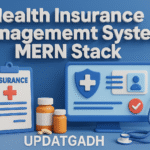
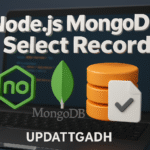
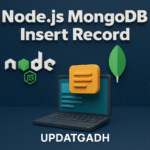
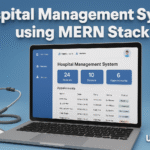
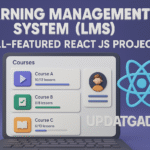

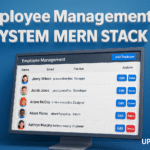



Post Comment